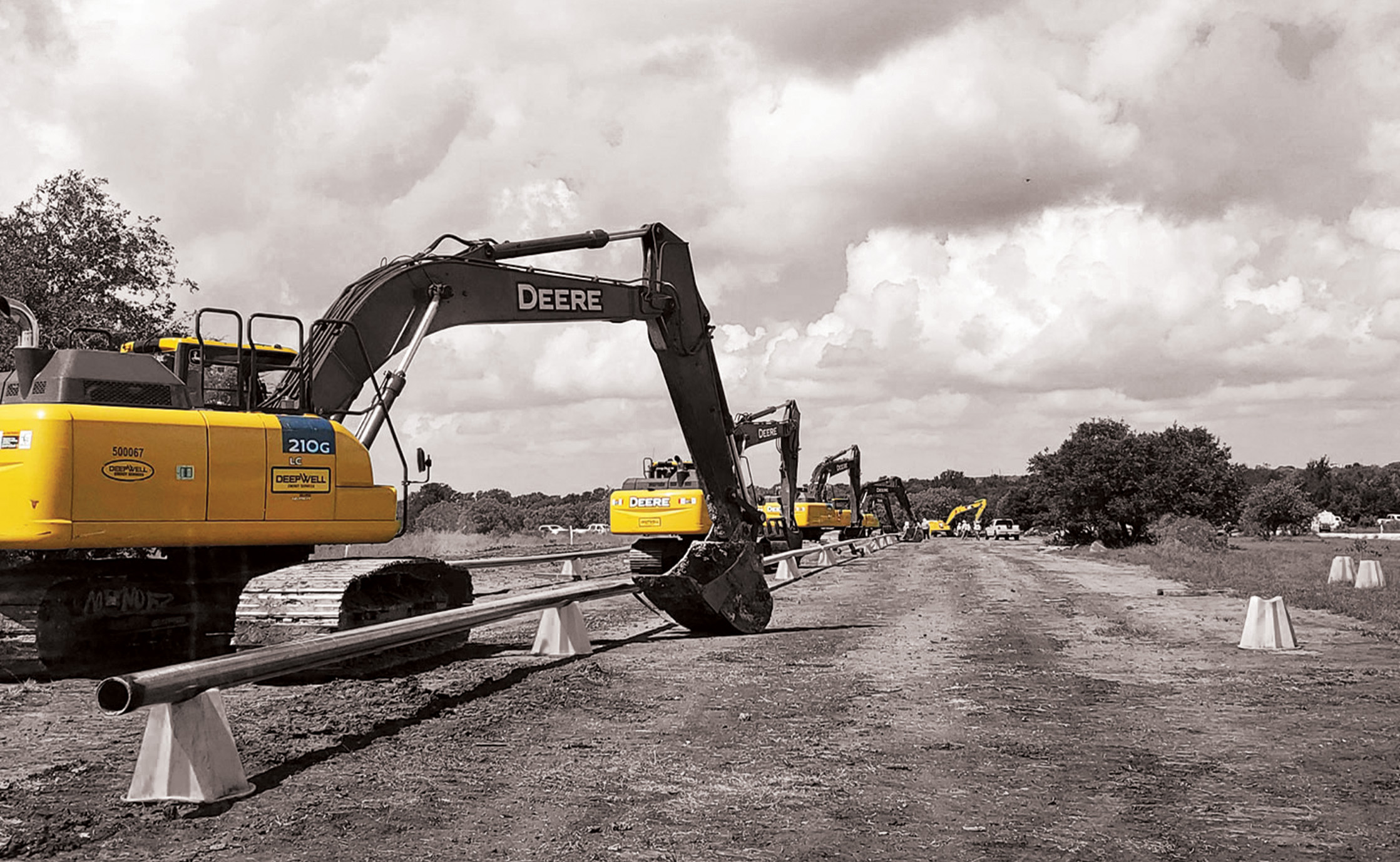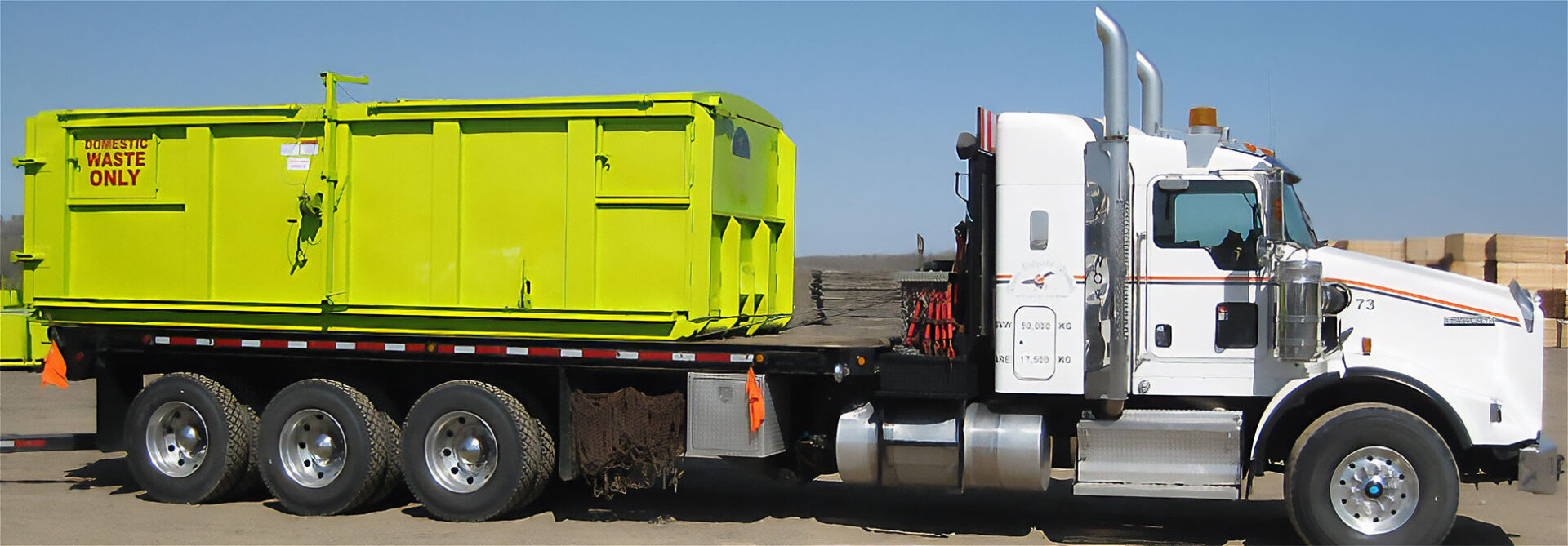Superior Rentals fusion machines: ways they improve efficiency
A Comprehensive Overview to the Numerous Kinds Of Oil Field Equipment and Pipeline Equipment Available
The oil and gas market depends heavily on customized devices for reliable extraction and transportation. Different sorts of machinery, from piercing rigs to tank, play important duties in this intricate process. Each item of tools serves distinct features that add to general functional success. Understanding these elements is essential for anyone involved in the sector. As the industry evolves, so as well do the technologies that sustain it. What developments are on the horizon?

Drilling Rigs: The Backbone of Oil Expedition
Drilling rigs act as the essential equipment in the domain name of oil exploration, making it possible for business to gain access to hydrocarbon gets hidden deep underneath the Earth's surface area. These rigs are available in different types, consisting of land rigs, offshore rigs, and mobile systems, each created to run in details atmospheres. Geared up with advanced technology, piercing rigs can penetrate geological developments with precision, making sure reliable resource removal. The structural stability and functional abilities of these rigs are critical, as they must stand up to severe conditions and substantial pressures. The choice of an exploration gear influences the general task expense and timeline, making it an essential consideration for oil companies looking for to enhance their expedition efforts and maximize performance in their procedures.
Pumps: Vital for Liquid Movement
In the oil extraction procedure, the role of pumps is significant, helping with the activity of liquids throughout various phases of manufacturing. Pumps are crucial for delivering crude oil, water, and other fluids from underground storage tanks to the surface and then with pipelines to refineries. They are available in different kinds, including centrifugal, positive displacement, and completely submersible pumps, each offering specific objectives based on the fluid attributes and operational demands. Centrifugal pumps are typically made use of for their effectiveness in high-flow applications, while favorable variation pumps master taking care of viscous fluids. The selection of pump effects overall efficiency, functional safety and security, and upkeep prices. Proper choice and maintenance of pumps are important for optimizing manufacturing and lessening downtime in oil field procedures.
Valves: Controlling Flow and Pressure

Shutoffs play an essential function in managing the flow and stress of liquids within oil areas and pipes. Different types of shutoffs offer unique applications, each created to accomplish details functions basic for reliable operation - Superior Oilfield Rentals oilfield. Comprehending the qualities and usages of these valves is important for optimizing system performance and safety and security
Kinds of Valves
Necessary parts in oil field procedures, shutoffs play an essential role in regulating the circulation and pressure of liquids within pipelines and tools. Numerous kinds of shutoffs are utilized to fulfill the diverse demands of oil and gas manufacturing. Common kinds include gate shutoffs, which provide a straight-line flow and very little stress decrease; globe shutoffs, understood for their throttling capacities; and sphere shutoffs, recognized for their fast on/off control. Additionally, check shutoffs protect against heartburn, while butterfly valves provide a light-weight remedy for managing circulation. Each valve kind is developed with particular materials and configurations to hold up against the extreme problems often discovered in oil areas, guaranteeing dependability and efficiency in procedures. Comprehending these kinds is important for efficient system monitoring.
Valve Applications and Features
While numerous types of valves offer unique purposes, their main applications focus on regulating circulation and pressure within oil and gas systems. Valves such as entrance, globe, and sphere valves regulate fluid activity, making certain peak efficiency and safety. Entrance valves are commonly made use of for on/off control, offering marginal flow resistance. Globe valves, on the various other hand, deal accurate flow regulation, making them ideal for throttling applications. Sphere shutoffs are preferred for their fast operation and limited sealing abilities. On top of that, pressure alleviation shutoffs are critical for protecting against system overpressure, protecting tools stability. Generally, the proper selection and application of valves enhance functional efficiency, making certain the trusted transport of oil and gas with pipelines and handling centers.
Compressors: Enhancing Gas Transportation
Compressors play an essential find out role in the effective transportation of gas, ensuring that it moves efficiently through pipelines over fars away. These tools increase the stress of gas, enabling it to get rid of friction and elevation changes within the pipeline system. Furthermore, compressors facilitate the balancing of supply and demand, accommodating variations in usage and manufacturing prices. Numerous sorts of compressors are employed in the industry, including centrifugal, reciprocating, and rotary screw compressors, each offering unique advantages based upon the operational demands. Regular upkeep of these compressors is necessary to optimize effectiveness and minimize downtime, ultimately adding to a trustworthy gas transportation network. Their critical feature underscores the significance of compressors in the total oil and gas infrastructure.
Storage Tanks: Safe and Effective Liquid Monitoring
Effective transportation of gas relies upon various support group, one of which is the appropriate management of storage containers. These containers play a crucial role in safely having liquids, making sure that operational efficiency is preserved while minimizing ecological threats. Built from long lasting materials, they are developed to endure high stress and destructive aspects. Properly sized and purposefully situated, storage space tanks help with the smooth circulation of gas and other fluids, preventing traffic jams in supply chains. Regular upkeep and monitoring are essential to find leakages or structural problems, promoting security and compliance with regulative standards. Inevitably, the effective management of storage space containers is crucial for the overall stability and dependability of the oil and gas market's fluid handling systems.
Pipeline Systems: Infrastructure for Transport
Pipeline systems work as the foundation of the oil and gas industry, promoting the effective transport of hydrocarbons over huge ranges. These systems consist of numerous components, including pipelines, shutoffs, pumps, and compressors, all meticulously made to assure seamless flow. The materials made use of in pipeline building and construction, typically steel or high-density polyethylene, are chosen for toughness and resistance to deterioration. Pipeline networks can cover across land and water, connecting manufacturing sites to refineries and distribution facilities. Furthermore, progressed innovation allows real-time monitoring of circulation rates and stress degrees, improving functional plumbing liner efficiency. The calculated positioning of these pipes minimizes environmental effect while making the most of resource access, Learn More Here consequently playing a necessary duty in meeting power needs around the world.
Safety Equipment: Making Certain Employee and Environmental Management
The procedure of pipeline systems, while necessary for power transportation, additionally provides considerable security obstacles for employees and the atmosphere. Safety devices plays a considerable function in reducing these risks. Personal protective devices (PPE) such as helmets, gloves, and non-slip shoes safeguards workers from physical risks. Additionally, gas detection systems keep track of for leakages, ensuring that hazardous materials do not posture a hazard to workers or the surrounding ecological community. Emergency situation closure systems are essential for swiftly halting operations during a crisis, preventing prospective disasters. Spill containment materials, including absorbents and obstacles, are fundamental for reducing environmental impact. Generally, spending in all-encompassing safety devices is crucial for preserving operational stability and protecting both workers and the environment in the oil and gas market.

Often Asked Questions
Just how Do I Select the Right Oil Field Equipment for My Project?
Selecting the ideal oil area devices entails examining project requirements, budget constraints, and operational demands. Think about elements such as tools reliability, compatibility with existing systems, and the provider's reputation to guarantee peak performance and safety.
What Are the Upkeep Needs for Oil Field Equipment?
Upkeep demands for oil field tools consist of routine evaluations, lubrication, and prompt fixings. Operators must additionally comply with maker standards, monitor efficiency metrics, and assurance conformity with security guidelines to enhance long life and performance.

Exactly How Can I Guarantee Compliance With Environmental Regulations?
To guarantee conformity with environmental policies, firms must carry out routine audits, execute ideal methods, invest in training, keep appropriate paperwork, and stay updated on legislation (Superior rentals squeeze tools). Cooperation with environmental agencies can likewise improve adherence to regulations
What Is the Typical Life-span of Pipeline Equipment?
The ordinary life-span of pipeline tools typically varies from 20 to 50 years, depending on factors such as material high quality, environmental problems, and upkeep practices. Regular examinations can greatly affect longevity and functional effectiveness.
Just how Do I Safely Transfer Oil Field Equipment to Remote Locations?
Transporting oil field devices to remote places needs mindful preparation, including course evaluation, protecting permits, using appropriate vehicles, and guaranteeing safety methods are complied with. Proper training and communication amongst teams are important for successful transport.